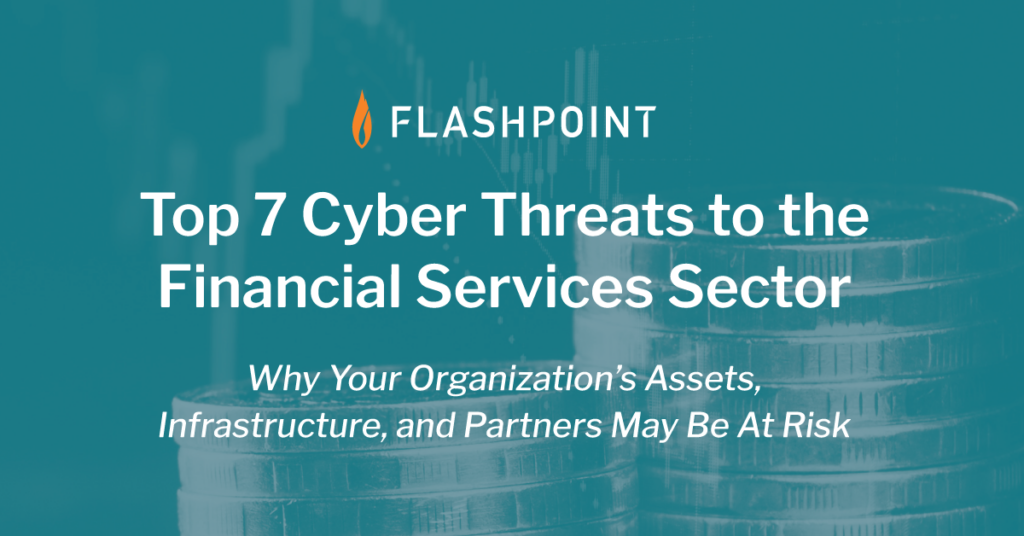Blog
Top 7 Cyber Threats to the Financial Services Sector in 2022
In our latest report, we detail seven primary cyber threats that organizations across the financial services sector will face in 2022. Some of them, such as ransomware, are not new but nevertheless remain a serious threat. Others, such as decentralized finance (DeFi) and cryptocurrencies, are newer, so to speak, and showcase how threat actors rely on blockchain technology to secure their perceived anonymity.

The financial cyber threat landscape
In our latest report, we detail seven primary cyber threats that organizations across the financial services sector will face in 2022. Some of them, such as ransomware, are not new but nevertheless remain a serious threat. Others, such as decentralized finance (DeFi) and cryptocurrencies, are newer, so to speak, and showcase how threat actors rely on blockchain technology to secure their perceived anonymity.
New or not, one thing is for certain: Businesses across the financial sector—and peripherally their partners and customers—are in a constant battle against an increasingly sophisticated and ever-evolving threat landscape.
These are the Top 7 threats to the financial services sector in 2022
From retail, commercial, and internet-native banks to credit unions, credit card companies, investment brokerages, insurance firms, and mortgage lenders, these are the threats we believe will be the most prominent, malicious, and sophisticated.
Each of them have been selected by Flashpoint intelligence analysts for a variety of factors, such as their dominant or emergent presence in our data collections as well as their impact in the current cyber threat ecosystem.
- Ransomware. Threat actors continue to hold stolen data in exchange for hefty paydays, putting organizations in the financial sector—along with their partners and customers—at constant risk.
- Third-party risks. A more concentrated third-party provider landscape—from cloud and payment services to virtual access networks and software—offers threat actors a smaller window but also wider potential for access.
- Malware, e-skimmers, and formjacking. Threat actors are using malicious code to exploit various payment platforms and processes, including eCommerce forms where highly sensitive data is shared.
- Compromised banking credentials. Threat actors constantly leverage stolen bank logs, putting pressure on financial organizations to be able to rapidly detect and protect against fraud.
- Synthetic identities. By combining legitimate and fraudulent data, threat actors test financial organizations’ ability to detect impersonators who can apply for credit under a false identity, among other types of fraud.
- DeFi and cryptocurrency. Threat actors transact in cryptocurrency due to its perceived anonymity via blockchain technology, which can obsuscate forensics. They also target crypto holders via social engineering scams.
- Data breaches. Threat actors attempt to “hack” companies in the financial sector more than any other industry, except for healthcare, according to our data collections.
For a full view into these threats, download our free report.